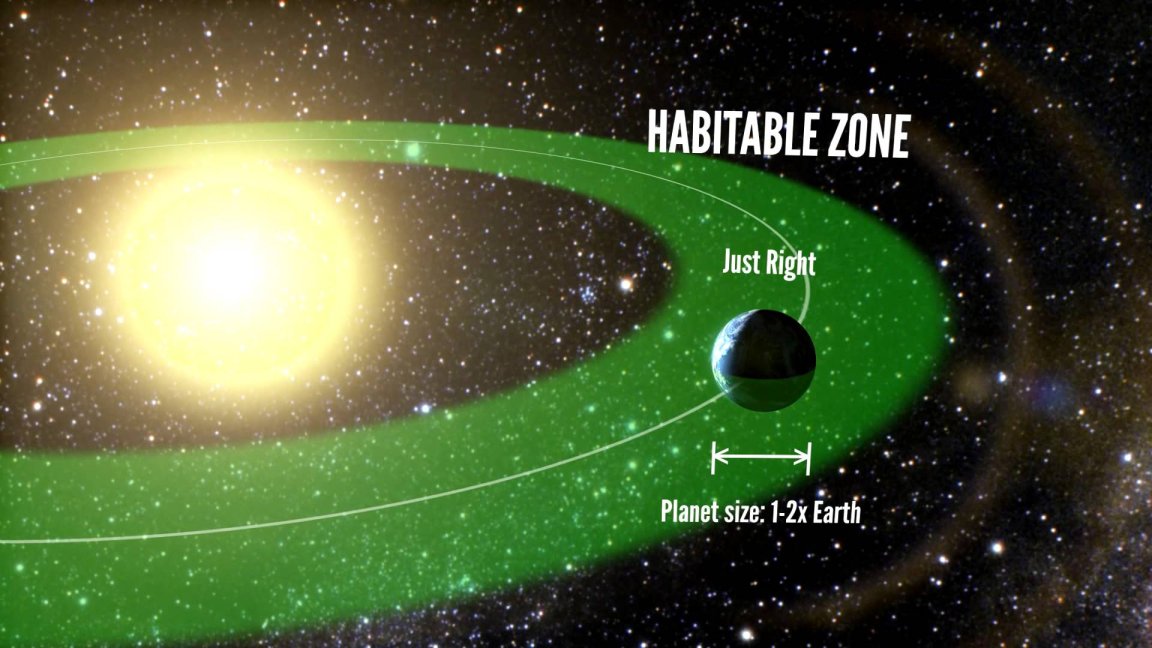
The Breakthrough
University of New South Wales (UNSW) astronomers have discovered a planet that is potentially habitable and nearby (well, relatively speaking). The planet is question can be found orbiting a red dwarf star called Wolf 1061, and it’s a mere 14 light-years away. That’s some 130 trillion kilometers; however, when speaking in cosmological terms, it’s pretty close by.
All-in-all, a total of three planets were detected by the team, who found them using data from the HARPS spectrograph on the European Southern Observatory’s telescope in La Silla, Chile.
“It is a particularly exciting find because all three planets are of low enough mass to be potentially rocky and have a solid surface, and the middle planet, Wolf 1061c, sits within the ‘Goldilocks’ zone where it might be possible for liquid water — and maybe even life — to exist,” says lead study author UNSW’s Dr Duncan Wright in the press release.
The larger outer planet does not make it into the habitable zone (the zone surrounding a star in which liquid water could theoretically exist), while the smaller inner planet is too close to its star and, thus, too hot to be livable.
“Our team has developed a new technique that improves the analysis of the data from this precise, purpose-built, planet-hunting instrument, and we have studied more than a decade’s worth of observations of Wolf 1061,” says professor and head of the Exoplanetary Science at UNSW group, Chris Tinney. “These three planets right next door to us join the small but growing ranks of potentially habitable rocky worlds orbiting nearby stars cooler than our Sun.”

Our New Neighbor
Several planets similar to our Earth have been documented by astronomers in our galaxy; unfortunately, most of them are a considerable distance away – many thousands of light years for some – which makes studying them extremely difficult.
“The close proximity of the planets around Wolf 1061 means there is a good chance these planets may pass across the face of the star. If they do, then it may be possible to study the atmospheres of these planets in future to see whether they would be conducive to life,” says team member UNSW’s Dr Rob Wittenmyer.
The discovery was published in The Astrophysical Journal Letters.